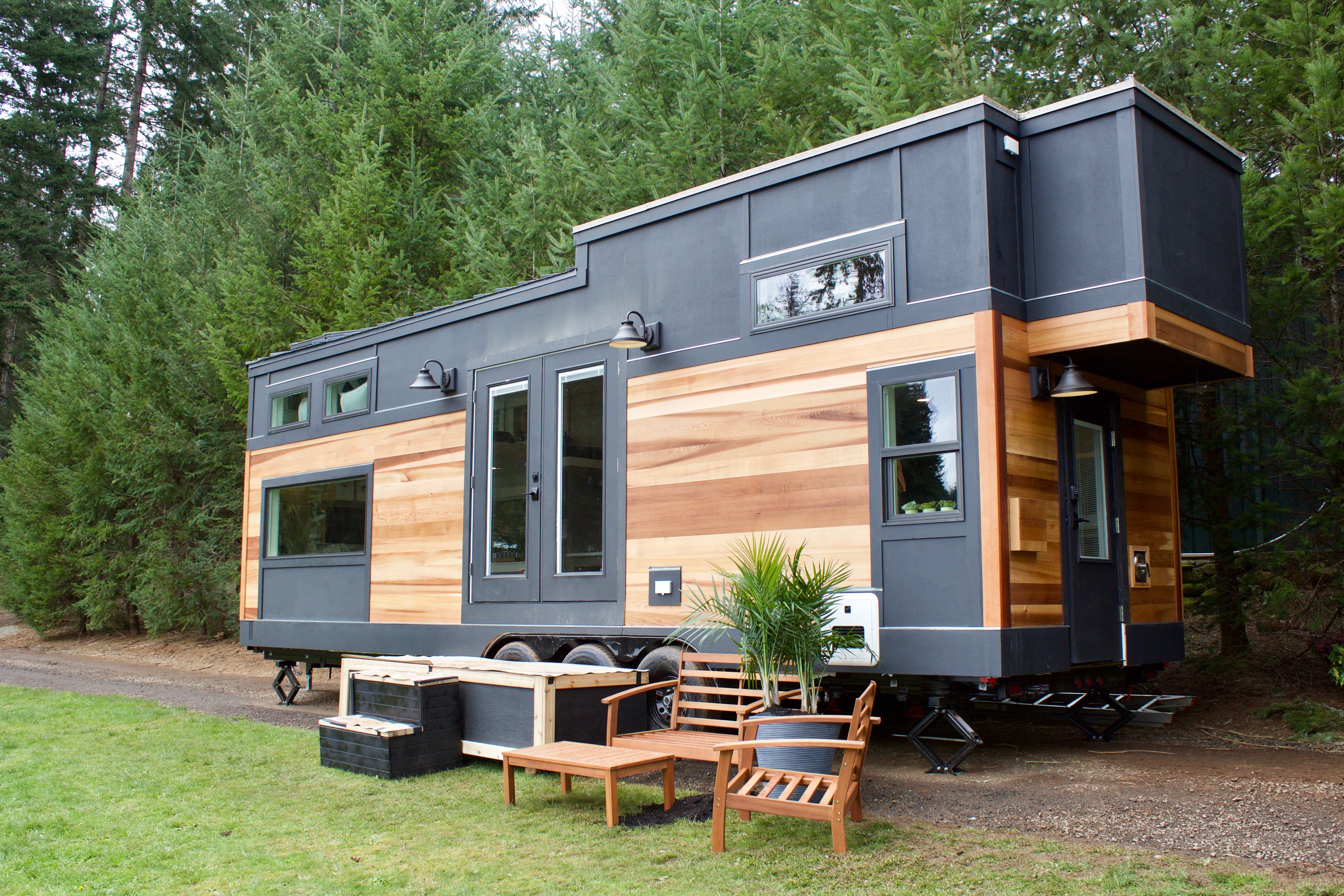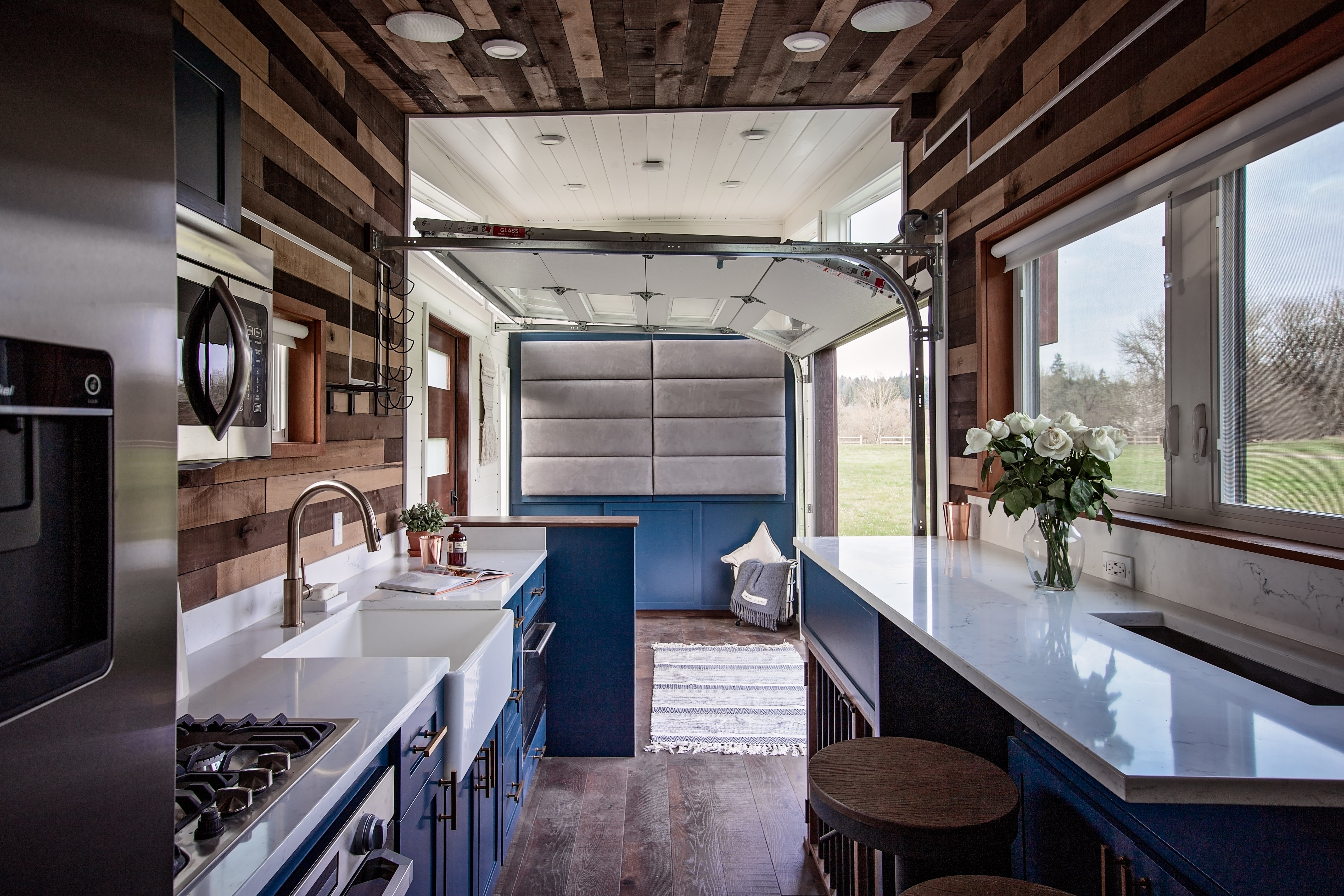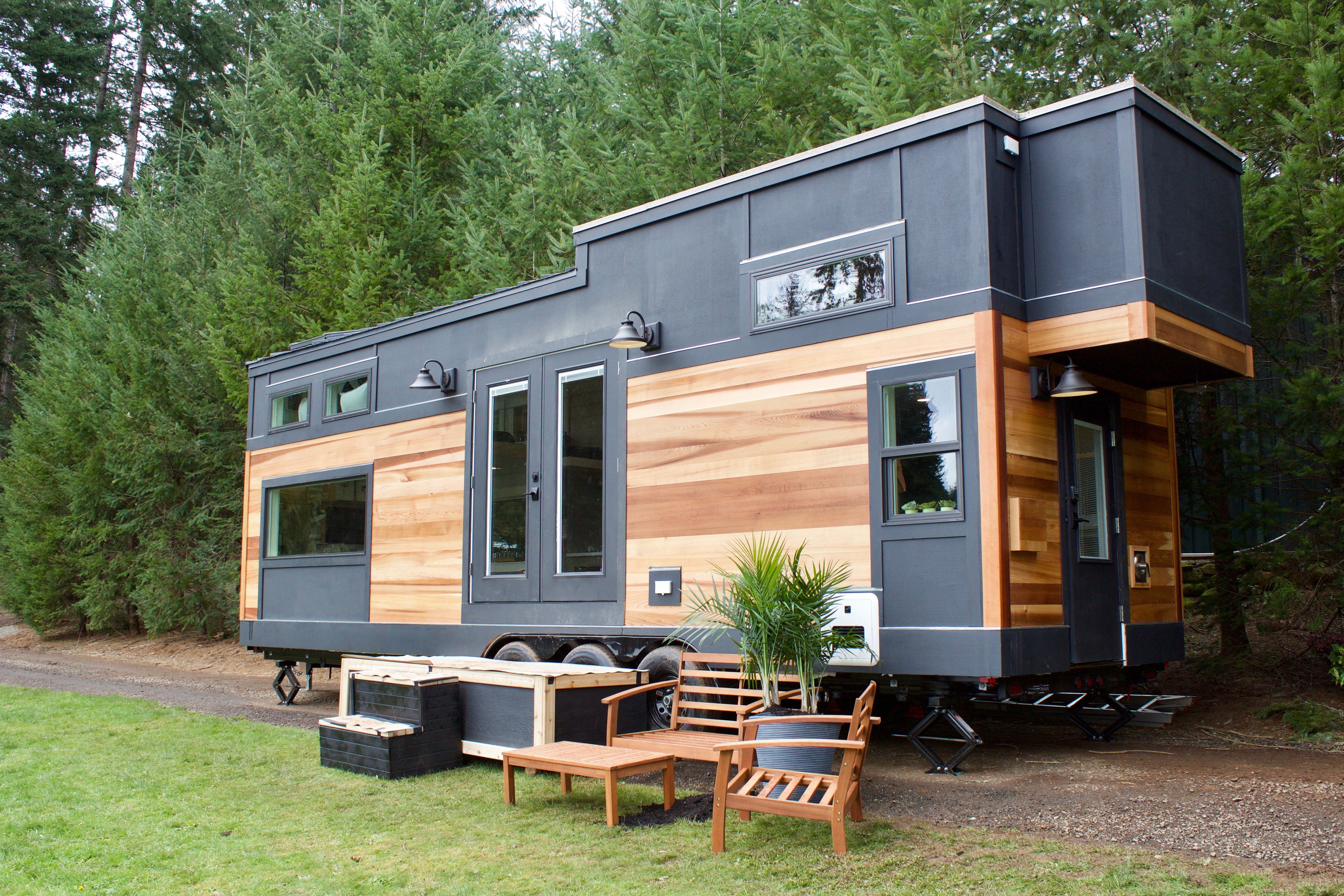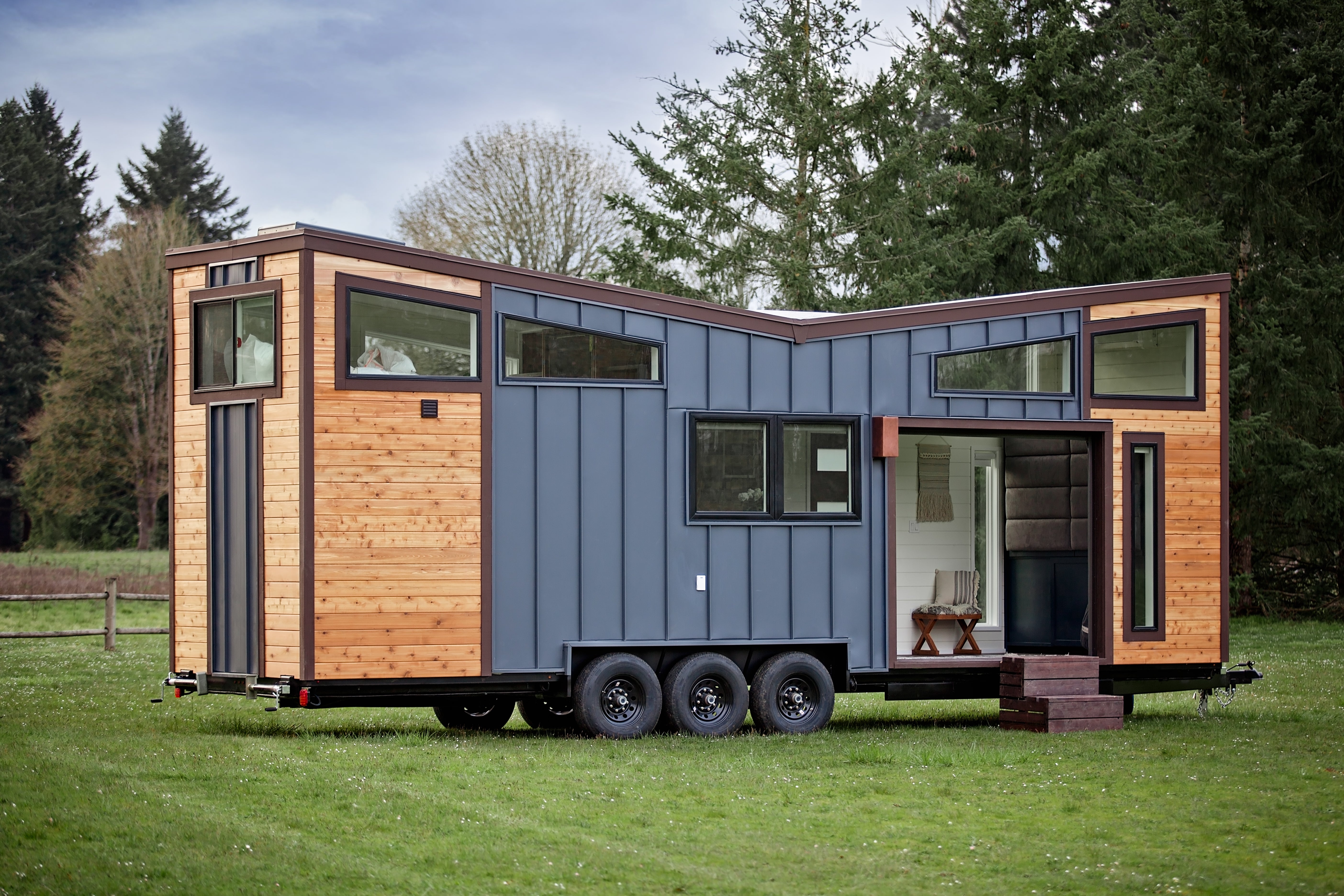Living in a tiny house promises simplicity, freedom, and the opportunity to focus on what truly matters. But getting there is a process that can feel overwhelming. Downsizing means letting go of more than just square footage. It requires a mindset shift, smart planning, and the ability to prioritize function over excess. For those used to sprawling closets, full-size kitchens, and guest rooms that rarely see guests, transitioning to a tiny house can be both liberating and challenging.
Many people start this journey after asking, “Should I Sell My House Now or Wait?” The answer often comes down to lifestyle. If you're craving less maintenance, lower costs, and a clearer sense of space, moving into a tiny home might be the right step. And if you’re aiming for a smooth transition, a fast home sale with HouseMax can free you up to focus on what comes next. Here’s how to prepare, declutter, and make the move work without losing what’s important.
Define Your Personal Goals
Before boxing anything up or browsing tiny home listings, take a moment to clarify why you’re downsizing. Is it to reduce debt? Simplify your lifestyle? Live more sustainably? Knowing your core motivation will guide every decision going forward.
This clarity helps you determine how small you're really willing to go and what sacrifices make sense for you. For some, 200 square feet feels like freedom. For others, anything under 600 square feet is a stretch. Define your comfort zone and stick to it as you plan.

Start With a Space Audit
Take stock of your current home and ask yourself what areas you actually use. Most homeowners only use a small fraction of their total space daily. That guest room, third bathroom, or formal dining area may look nice, but sits unused most of the year.
Walk through each room and write down what you truly use. This list becomes your guide for what matters in your next space. It also highlights how much is just taking up room without offering daily value.
Measure Your Essentials
Every item you bring into a tiny house needs a reason to be there. Start by measuring the furniture, appliances, and tools you can’t live without. Will your sofa fit into a 300-square-foot layout? Do you need a full-size refrigerator, or can you settle for a smaller one?
By focusing on dimensions early, you avoid the headache of trying to cram oversized furniture into a space that can’t support it. Prioritize pieces that serve multiple purposes, such as a bed with storage drawers or a folding dining table.
Digitize What You Can
Physical clutter accumulates quickly in small spaces. That box of old photo albums, stacks of magazines, or a drawer of warranties and manuals eats up space without daily value. Scan documents, digitize photos, and subscribe to digital versions of anything you can.
Cloud storage is your best friend during this process. By digitizing memories and documents, you preserve their value without sacrificing storage space in your new home.
Create a Three-Zone Sorting System
As you begin decluttering, use a clear system. Set up three zones: keep, donate or sell, and toss. Don’t let items linger in the maybe pile for too long. Make decisions quickly and keep the momentum going.
The goal is to cut your possessions by at least 50 to 70 percent. That may sound extreme, but tiny house living doesn’t allow room for duplicates or “just in case” items. If something hasn’t been used in a year, it probably won’t be missed.

Rethink Wardrobe Habits
Clothing tends to be one of the most emotionally charged categories to downsize. Focus on what you actually wear. Not what fits, not what you love in theory, but what you consistently reach for.
Capsule wardrobes are ideal for tiny homes. Choose versatile items that can be mixed and matched to create a variety of looks. Think quality over quantity. And don’t forget to factor in storage solutions, such as under-bed bins, slimline hangers, and vertical shelving.
Prioritize Utility Over Sentiment
Downsizing doesn’t mean giving up everything that matters, but it does require making tough choices. Family heirlooms, children’s artwork, and keepsakes need thoughtful handling. Ask yourself if the memory is tied to the object or if a photo or journal entry could preserve it just as well.
Select one or two meaningful items to display and store the rest digitally or in an off-site location. This allows you to hold onto what matters emotionally without filling every shelf with nostalgia.
Use Vertical Space Strategically
In a tiny home, storage is often a matter of creativity. Floor space is limited, so think vertically. Use walls, ceilings, and under-furniture spaces for storage. Install shelves above doors, hooks on the backs of cabinets, and lofted beds to maximize space.
Invest in smart storage tools like collapsible containers, magnetic racks, and stackable bins. Every inch counts, and the goal is to make your space feel open, not crowded.
Plan for Outdoor Storage
If your tiny house sits on a larger property, make use of outdoor storage. A weatherproof shed can hold tools, seasonal gear, and extra supplies. This offloads pressure from your interior and allows your living space to remain functional and uncluttered.
Be mindful of zoning laws or HOA restrictions if you’re placing your home in a community or urban lot.
Design for Movement and Comfort
Living in a small space doesn’t mean feeling cramped. The best tiny homes are designed for flow. That includes having enough clearance to open drawers, move around furniture, and stretch out without bumping into something.
Sketch your layout and mentally walk through it. Where will you sit to read? How will you cook without tripping over someone? Comfort is more than cushion depth; it’s how easily you can live in your space without constant friction.
Think Ahead About Utilities and Hookups
Tiny homes often run on unique systems. Some use composting toilets, solar panels, or tankless water heaters. Make sure you’re comfortable with the learning curve involved in maintaining these setups.

If your home is mobile, plan for how you’ll handle electricity, water, and internet access when on the move. If it’s stationary, make sure the lot is properly zoned and connected to local utilities. A cozy house means little if it’s not set up for daily living.
Give Yourself Time to Adjust
The transition to tiny living doesn’t happen overnight. At first, you might miss the room to spread out. Storage will feel limited, and routines may need to be rebuilt. But many tiny homeowners report a sense of peace and clarity once they settle in.
Permit yourself to feel discomfort in the early stages. Over time, the simplicity becomes second nature. You’ll rely less on stuff and more on rhythm, design, and adaptability. The benefits, lower expenses, less stress, and more focus will start to outweigh the initial sacrifices.
Remember
Downsizing into a tiny home is a major lifestyle shift, not just a design trend. It challenges assumptions, reshapes priorities, and forces you to reconsider what truly adds value. But for those who commit to the process with intention and flexibility, the payoff is a life that feels lighter, calmer, and more connected to what really matters.






Share: